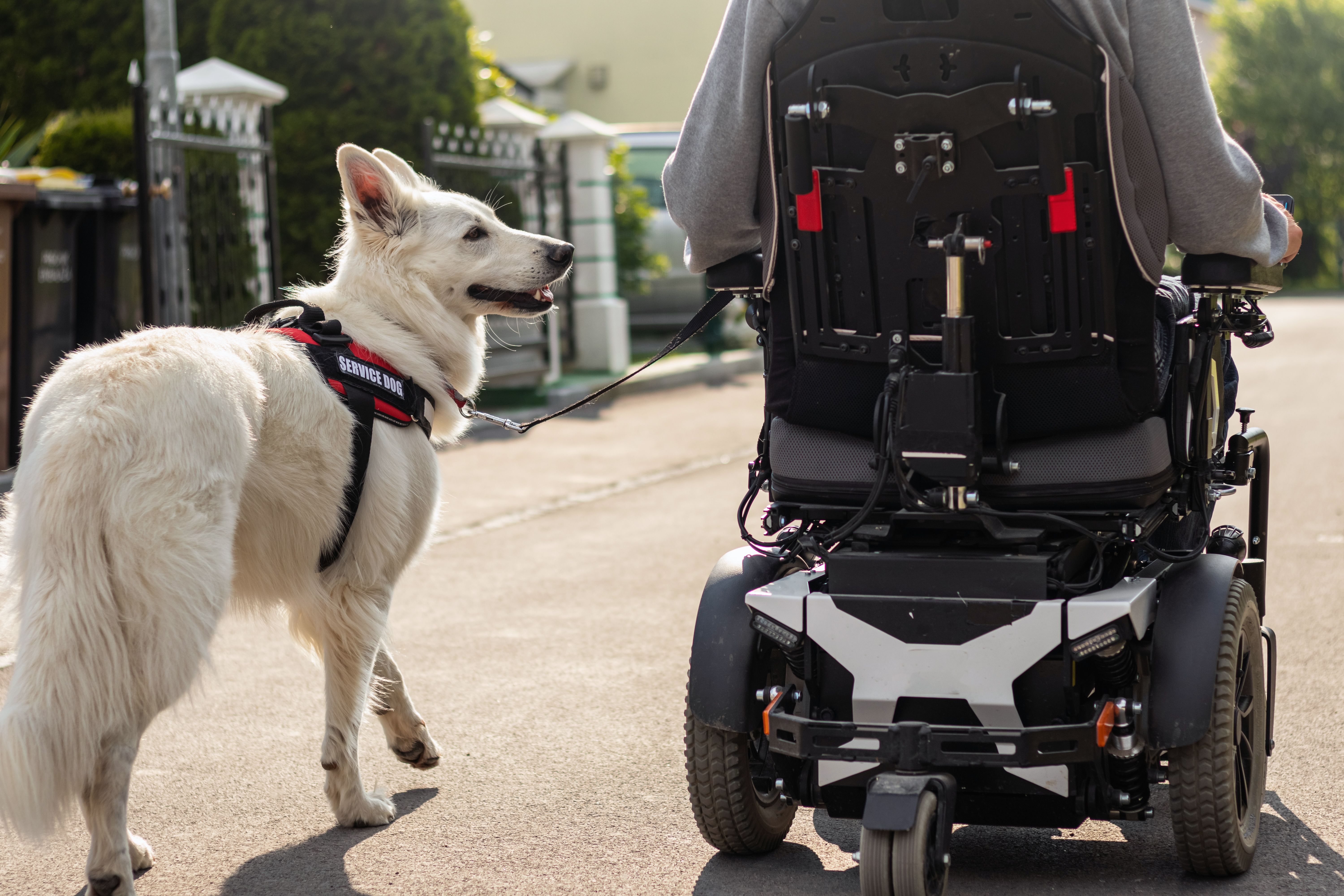Animals at Work: Understanding Service Animals, Emotional Support Animals, and Pets
Understanding Service Animals
Service animals are more than just pets; they are highly trained companions that help individuals with disabilities navigate daily life. These animals undergo extensive training to perform specific tasks, such as guiding the visually impaired, alerting the deaf, or even detecting seizures. The most common service animals are dogs, although miniature horses can also be trained for certain tasks.
Service animals are legally protected under the Americans with Disabilities Act (ADA), which means they are allowed to accompany their handlers in public spaces where pets are typically not permitted. This legal protection ensures that individuals who rely on service animals can access the same public areas and services as everyone else.

Exploring Emotional Support Animals
Emotional Support Animals (ESAs) provide comfort and support to individuals with psychological conditions or emotional disorders. Unlike service animals, ESAs do not require specialized training to assist with physical tasks. Their primary role is to offer companionship, which can significantly reduce symptoms of anxiety, depression, and other mental health issues.
While ESAs do not have the same legal protections as service animals under the ADA, they are recognized under the Fair Housing Act and the Air Carrier Access Act. These laws allow individuals with ESAs to have them in housing situations that typically have a no-pet policy and on flights, respectively, provided they have proper documentation from a licensed mental health professional.

The Role of Pets in Our Lives
Pets, while not trained to perform specific tasks or provide therapeutic benefits, play a significant role in enhancing our quality of life. From dogs and cats to birds and reptiles, pets offer companionship, reduce stress, and encourage physical activity. The bond between humans and their pets can be incredibly rewarding, providing a sense of purpose and responsibility.
Having a pet can also improve mental health by reducing feelings of loneliness and promoting social interaction. Many pet owners report feeling happier and more relaxed when spending time with their animals, highlighting the powerful emotional connection between humans and their furry or feathered friends.

Key Differences Between Service Animals and ESAs
While both service animals and ESAs provide vital support to their handlers, their roles and legal protections differ significantly. Here are some key distinctions:
- Training: Service animals undergo rigorous training to perform specific tasks, whereas ESAs require no specialized training.
- Legal Protections: Service animals are protected under the ADA, granting them access to public spaces. ESAs have housing and air travel protections but not general public access rights.
- Purpose: Service animals assist with physical tasks related to disabilities, while ESAs provide emotional support for mental health conditions.
Choosing the Right Animal Companion
Deciding whether a service animal, ESA, or pet is right for you depends on your individual needs and circumstances. For those with disabilities requiring physical assistance, a service animal may be the best choice. Individuals seeking emotional comfort without needing task-specific aid might benefit from an ESA. Meanwhile, anyone looking for companionship and joy in their everyday life might find a pet to be a perfect fit.
It's important to understand the responsibilities involved in caring for an animal, regardless of its designation. Proper care, attention, and commitment are essential to ensure a healthy and fulfilling relationship for both the animal and its owner.
